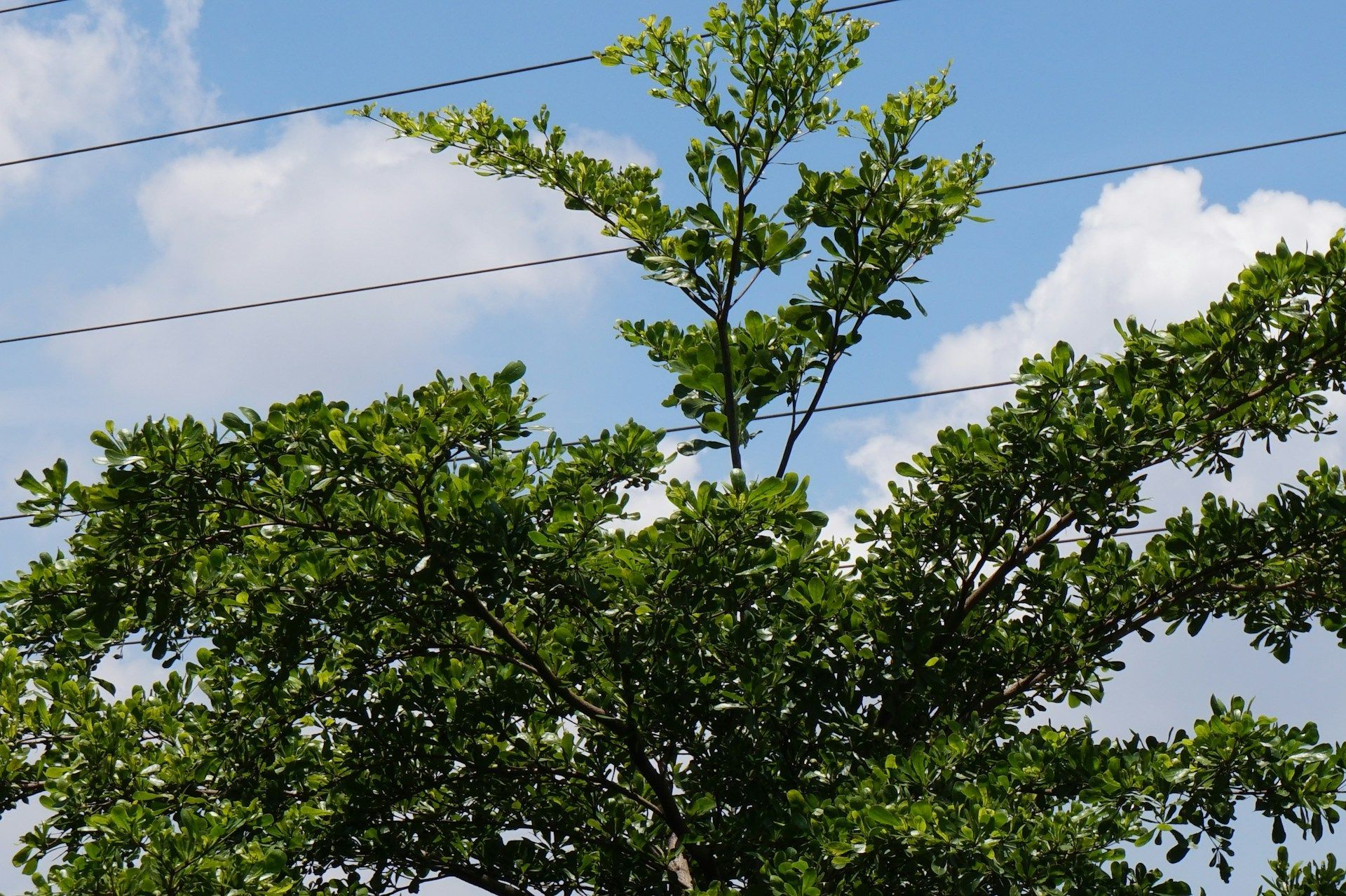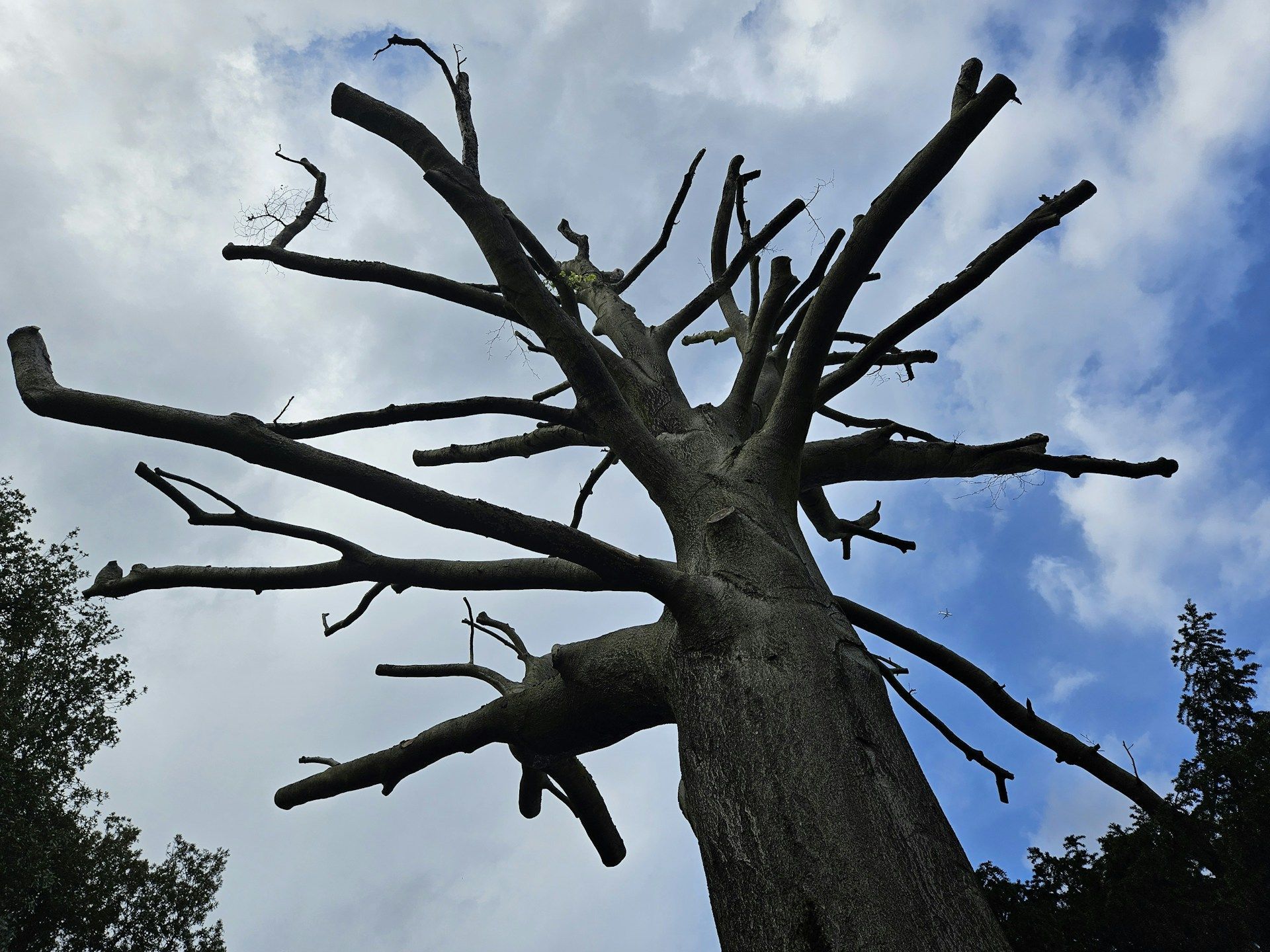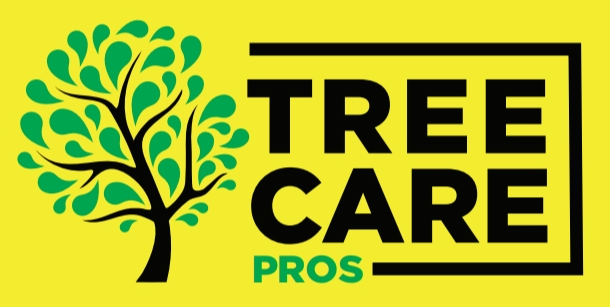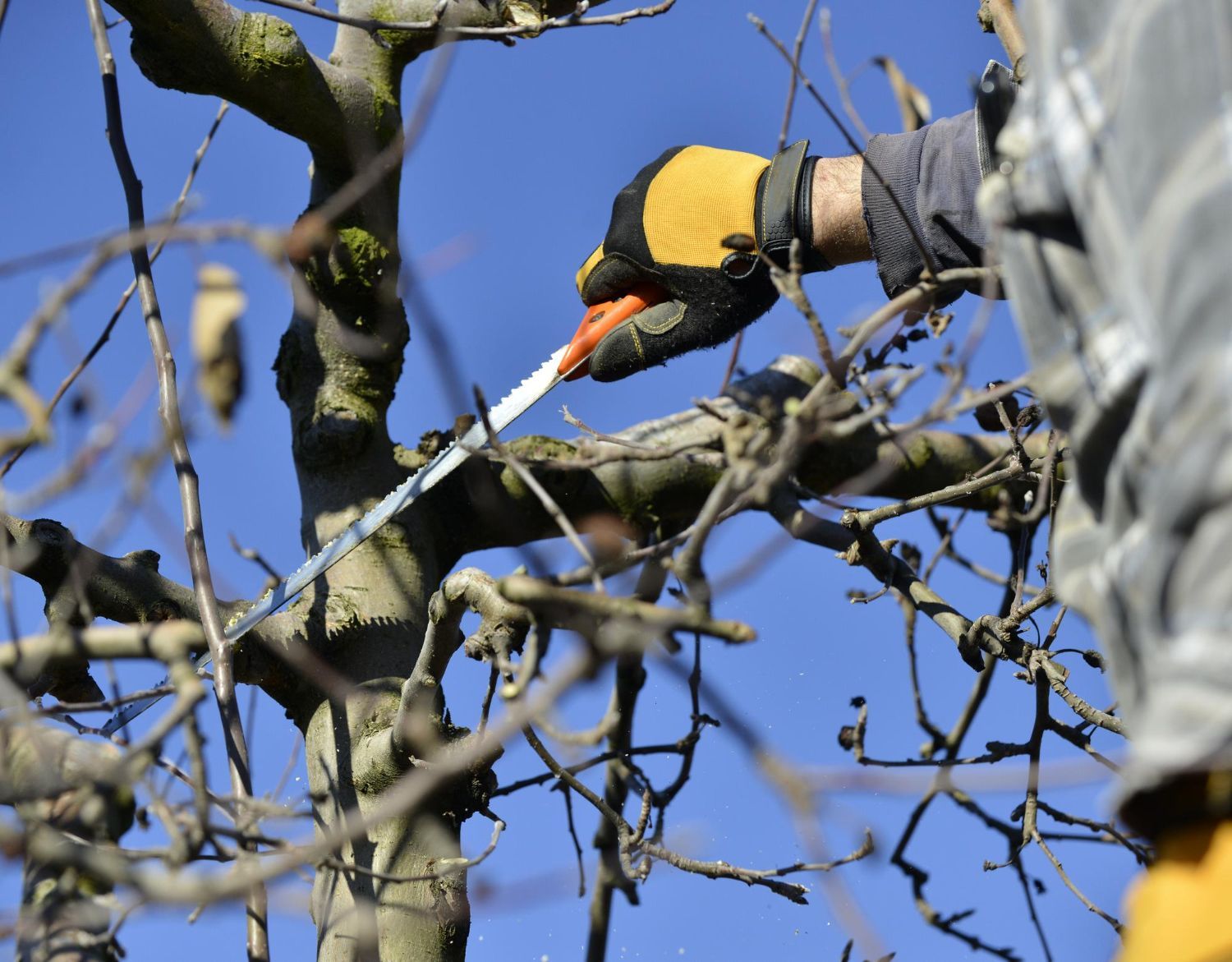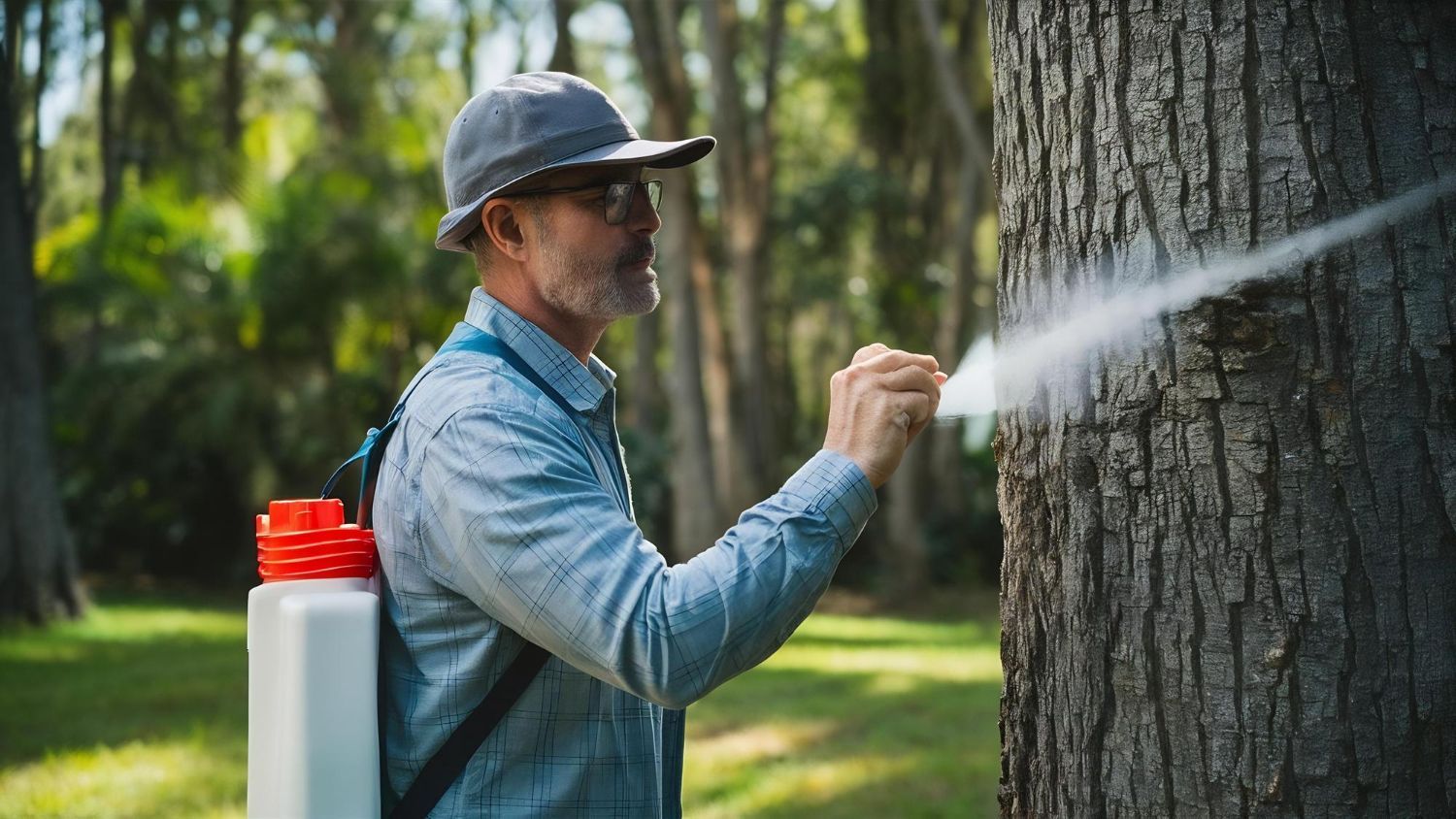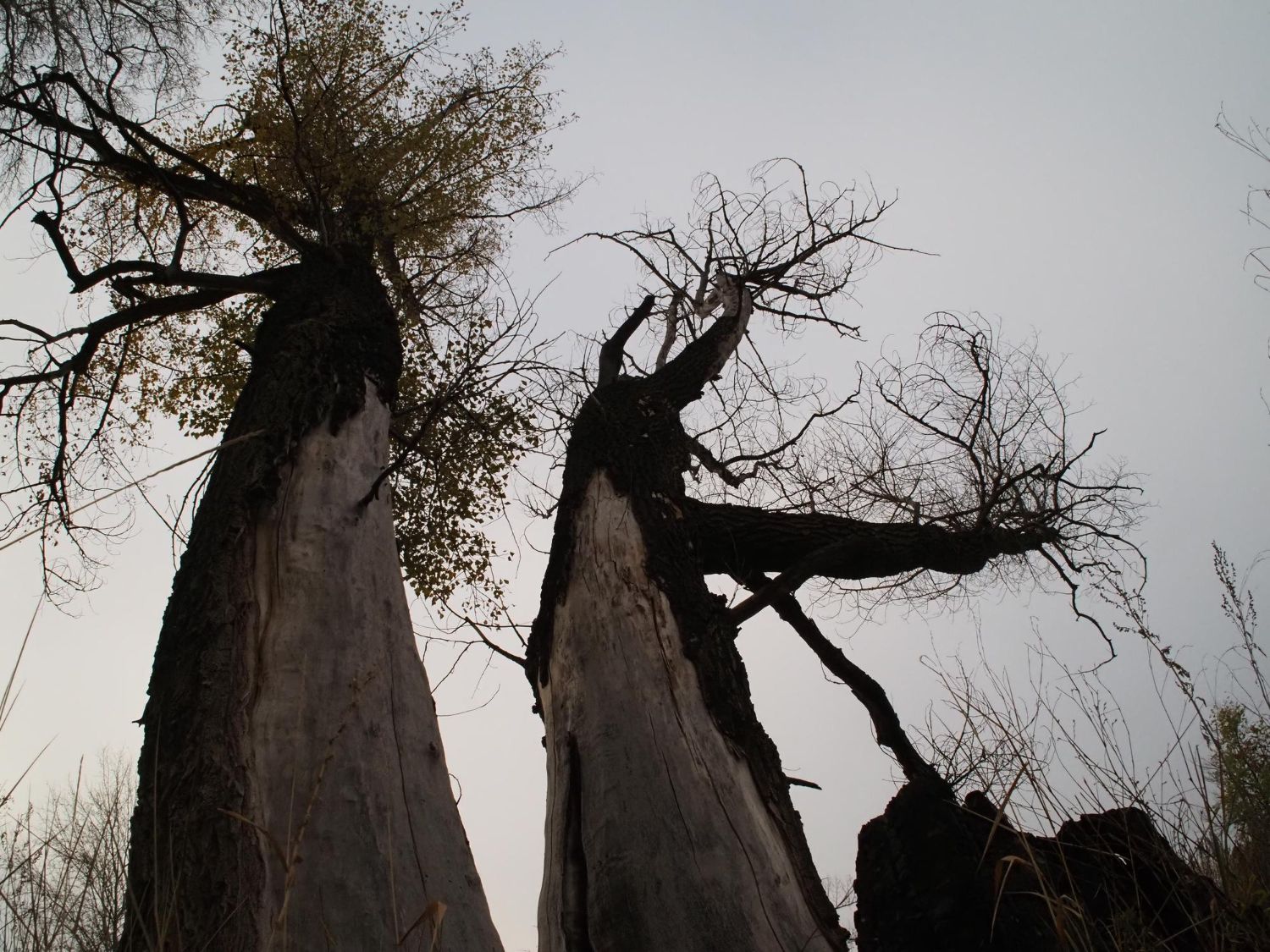How to Clean Up after Tree Removal: A Simple Guide
This is a subtitle for your new post
After a tree is removed from your yard, the work isn’t done yet. Cleaning up properly is an important step to ensure your yard looks good and is safe. Leftover debris, stumps, and sawdust can cause various issues if not taken care of. That’s why knowing how to clean up effectively is crucial.
When a tree comes down, it leaves behind large pieces of wood and branches. These can be heavy and awkward to move. Taking the right steps to remove this large debris helps clear your yard and makes it usable again. Moving and disposing of large tree parts the right way keeps you and your family safe.
Removing Large Tree Debris
Once the tree has been taken down, the first step is to deal with the large pieces of wood and branches left behind. These big chunks can clutter your yard and pose safety hazards. Here are some steps to effectively remove large tree debris:
1. Cut Down The Branches:
Use a handsaw or chainsaw to cut the larger branches into manageable pieces. This makes it easier to move and dispose of them.
2. Separate Burnable Wood:
If you have a fireplace or wood-burning stove, save the good wood for firewood. Stack it neatly in a dry place so it can season and be ready for use.
3. Transport Debris:
For large pieces you don’t want to keep, you can use a wheelbarrow or a small trailer to transport them to a disposal site. Many municipalities have designated places for yard waste.
4. Hire a Professional:
If the debris is too much for you to handle, consider hiring a professional service to remove it. Some services will chip the wood on-site and haul it away.
Properly dealing with large debris ensures your yard is clear and reduces the chances of accidents. It also gives you a clean slate to work with when moving on to the next steps in the cleanup process.
Dealing with Tree Stumps and Roots
Once the large debris is gone, it’s time to tackle the tree stump and roots. Leaving the stump in place can cause several issues, including tripping hazards and attracting pests. Here are some ways to deal with stumps and roots:
1. Stump Grinding:
This is a popular method where a machine grinds the stump down to just below the surface of the ground. This makes it easy to cover with soil or grass.
2. Stump Removal:
For a more thorough solution, you can remove the entire stump and root system. This involves digging around the stump and using tools to cut it out. It’s more labour-intensive but leaves no trace of the tree.
3. Chemical Treatment:
If you prefer not to use heavy machinery, you can apply chemicals that accelerate the decomposition of the stump. This method takes longer but eventually breaks down the stump without physical removal.
4. Burning: In some areas, controlled burning of the stump is an option. Make sure to check local regulations and safety guidelines before using this method.
5. Natural Decomposition: Simply letting the stump decay naturally is another choice, although it takes the longest. You can speed up the process by drilling holes in the stump and adding soil and water to encourage microbial activity.
By dealing with the stump and roots properly, you prevent future problems and prepare the area for new plantings or landscaping. This step is essential for turning your yard back into a functional, beautiful space.
Cleaning Up Smaller Debris and Sawdust
After dealing with the large pieces of debris and stumps, you’ll still have smaller branches, twigs, and sawdust to clean up. Leaving this smaller debris can cause your yard to look messy and can hinder new growth. Here’s how to tackle it:
1. Rake It Up:
Start by raking up the smaller branches and twigs. Using a wide rake makes this job faster. Collect the debris into piles and bag it up for disposal or use a wheelbarrow to move it.
2. Leaf Blower: A leaf blower can help move sawdust and small debris into one area for easier collection. Blow the sawdust and small wood chips into a pile, then scoop it up and dispose of it.
3. Shop Vac: For areas with high concentrations of sawdust, a shop vac can be very effective. It sucks up the fine debris quickly and efficiently, leaving the area clean.
4. Mulching: If the sawdust and small wood pieces are free of chemicals and disease, consider using them as mulch. Spread a thin layer around your garden beds or at the base of trees to help retain moisture and control weeds.
5. Disposal:
Bag the remaining debris and either put it out with your yard waste or take it to a local disposal site. Make sure to follow any local guidelines for yard waste disposal.
By cleaning up the smaller debris and sawdust, you ensure your yard looks neat and is ready for the next steps in its restoration. This also helps maintain the health of your lawn and garden.
Restoring Your Yard Post-Tree Removal
With all the debris and stumps cleared, your yard will likely have some bare spots and disturbed soil. Restoring it to its former condition or even improving it can be a rewarding process. Here are the steps to take:
1. Level the Ground:
Fill in any holes left from stump removal and level out the soil. Use a shovel and rake to redistribute soil and make the area even.
2. Add Topsoil:
Spread a layer of topsoil over the area where the tree once stood. This helps provide a good base for new grass or plants to grow.
3. Seed or Sod: If you had grass, replant it. You can either spread grass seed or lay down sod. Water it regularly to ensure it establishes well.
4. Replanting: Consider if you want to plant a new tree or shrubs in the area. Choose plants that suit the climate and soil conditions of your yard.
5. Fertilize:
Add a balanced fertilizer to the newly planted areas to encourage healthy growth. Follow the instructions on the fertilizer packaging for the best results.
6. Water Regularly:
Keep the newly planted areas well-watered, especially during the first few weeks. This helps the plants or grass establish strong roots.
Taking these steps not only restores the beauty of your yard but also improves its health and usability. A well-maintained yard enhances the overall look of your property and provides a pleasant space for outdoor activities.
Conclusion
Cleaning up after tree removal is a multi-step process that ensures your yard is safe, healthy, and looks great. By removing large debris, dealing with stumps and roots, and cleaning up smaller debris and sawdust, you clear the way for restoration. Restoring your yard by levelling the ground, adding topsoil, replanting, and maintaining the new growth brings your outdoor space back to life.
Proper cleanup and restoration make a significant difference, transforming a messy yard into a neat and usable space. Whether you take on this task yourself or hire professionals, the end result is a yard that you can enjoy and be proud of.
Don’t hesitate to reach out to Barrie Tree Care Pros for
professional tree removal. Our team ensures a safe and thorough cleanup, leaving your yard in top shape. Contact us today to schedule your service and give your yard the care it deserves!

